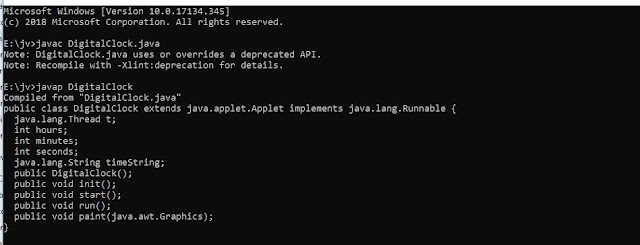19th Day @ Apex : SWING
Hi Readers, In Process of developing my project i have to also learn a new thing about swing. This is something similar to AWT. But They have their own differences. Java Swing tutorial is a part of Java Foundation Classes (JFC) that is used to create window-based applications. It is built on the top of AWT (Abstract Windowing Toolkit) API and entirely written in java. Unlike AWT, Java Swing provides platform-independent and lightweight components. The javax.swing package provides classes for java swing API such as JButton, JTextField, JTextArea, JRadioButton, JCheckbox, JMenu, JColorChooser etc. There are many differences between java awt and swing that are given below. No. Java AWT Java Swing 1) AWT components are platform-dependent . Java swing components are platform-independent . 2) AWT components are heavyweight . Swing components are lightweight . 3) AWT doesn't support pluggable look and feel . Swing supports pluggable look and feel . 4) AWT provi
